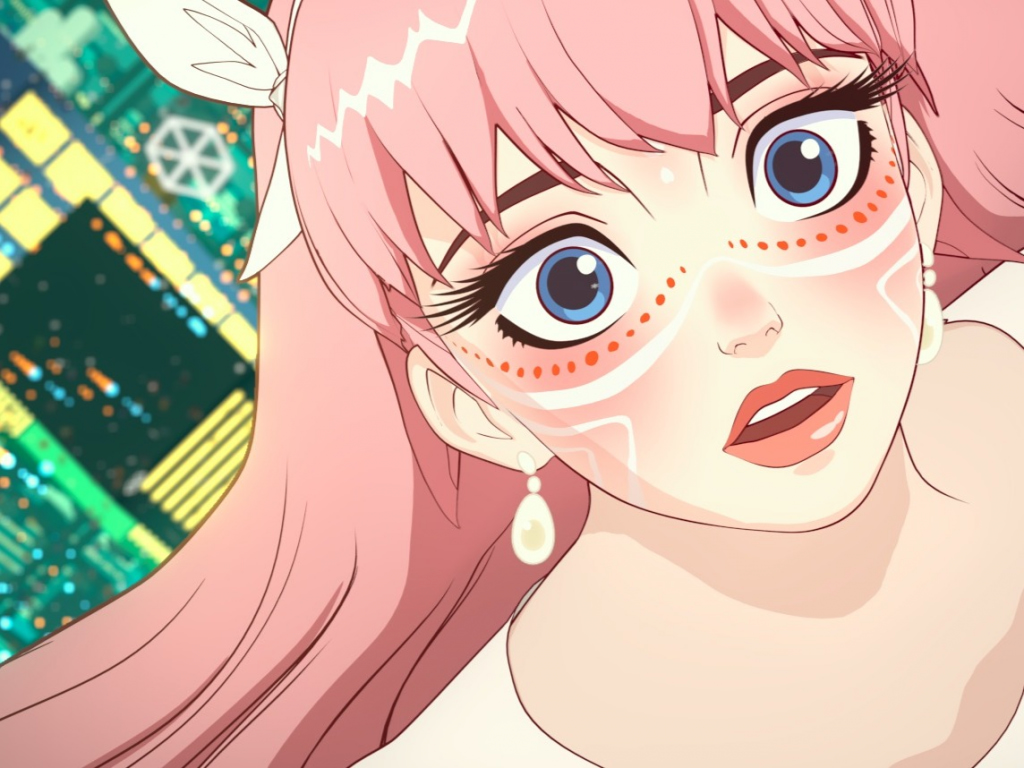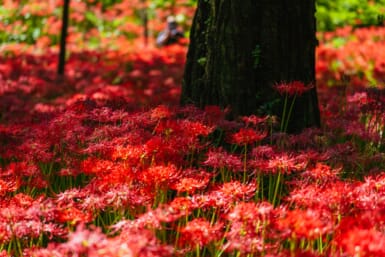In 2001, it was announced that then-newcomer Mamoru Hosoda would direct Howl’s Moving Castle instead of Hayao Miyazaki in a significant departure for Studio Ghibli. However, Hosoda ended up leaving the project due to what were reportedly significant and heated creative differences. So when the director, in a July 2021 interview, talked about how he disliked the way an unnamed “great master of animation” depicted female characters, it didn’t exactly take Detective Conan to deduce whom he was talking about.
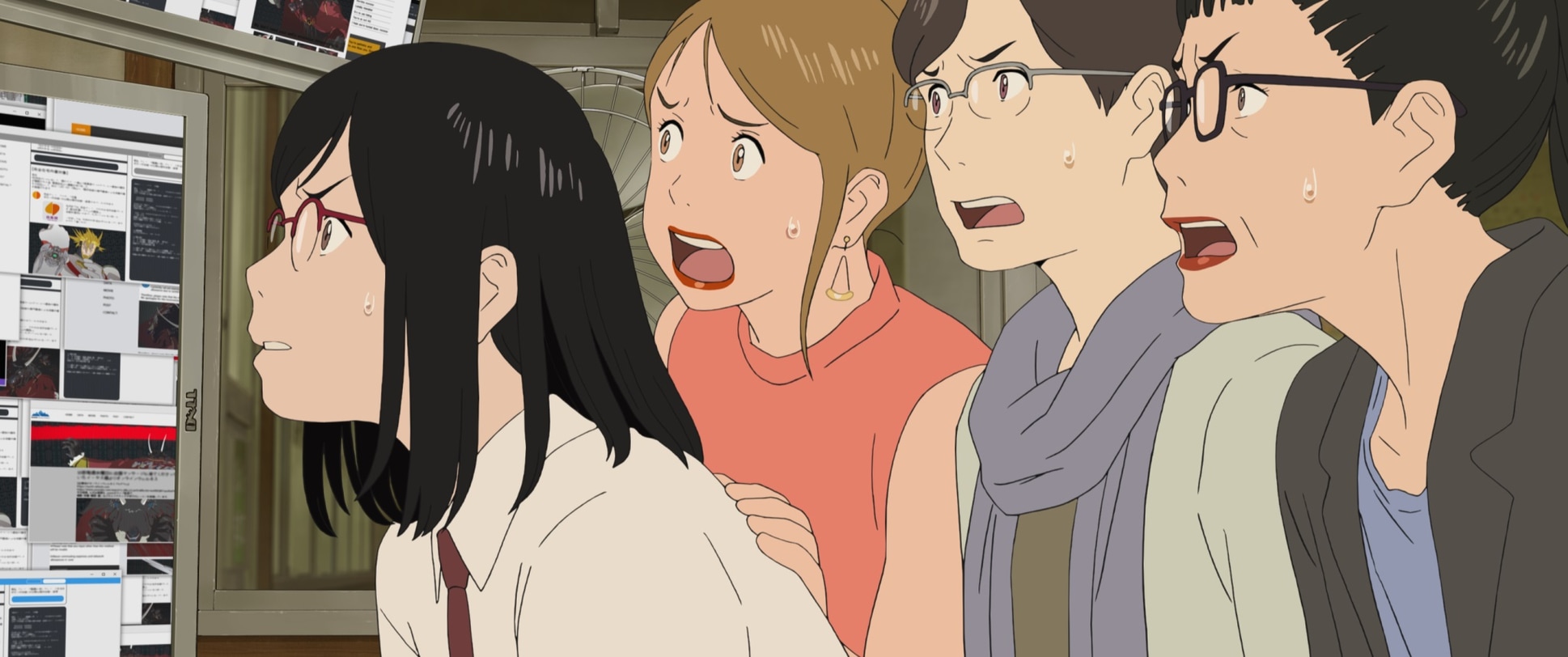
Hosoda sees this as a larger problem with modern animation where the heroines are these “paragons of virtue and innocence” and nothing more. It was apparently something he kept thinking about when writing his latest movie Belle, a kind of modern take on Beauty and the Beast set in a virtual world. The movie received a 14-minute standing ovation at the Cannes Film Festival, so obviously Hosoda is doing something right with his female characters. Let’s look at what that “something” might be.
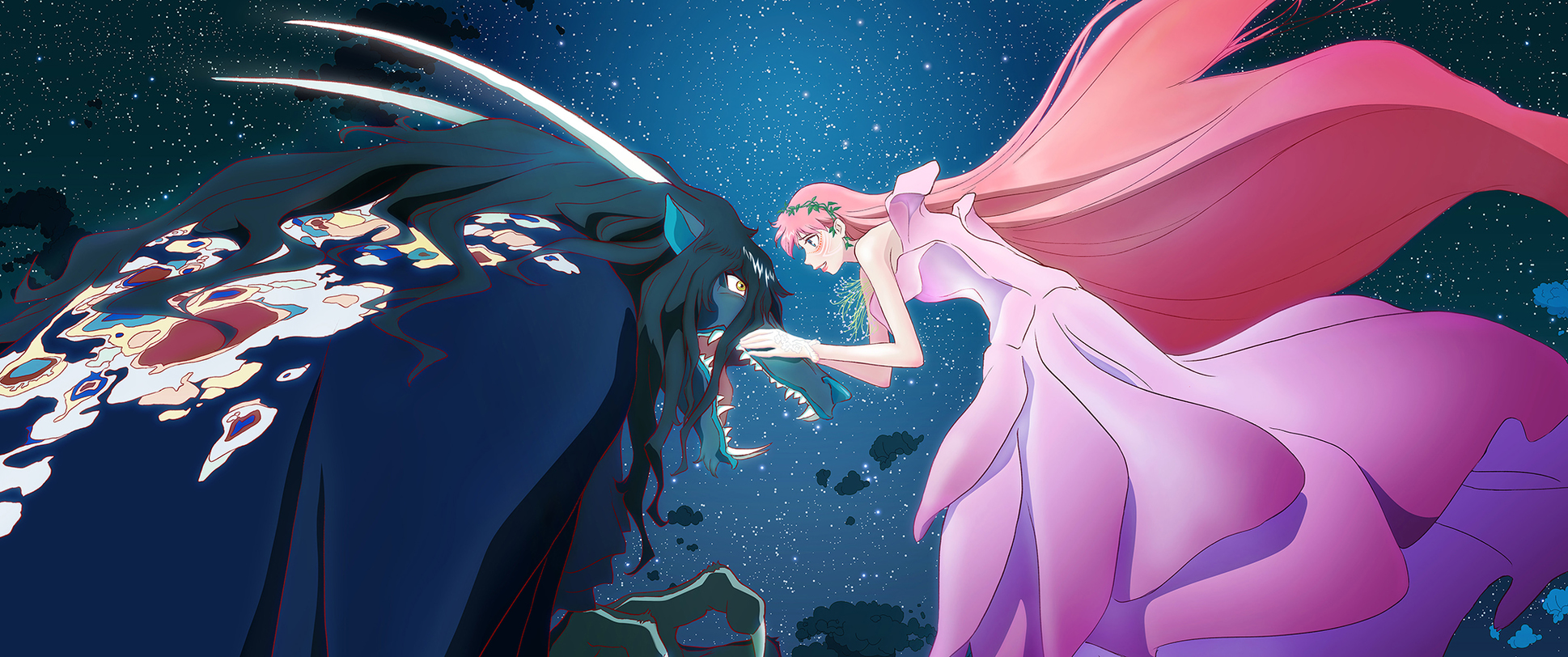
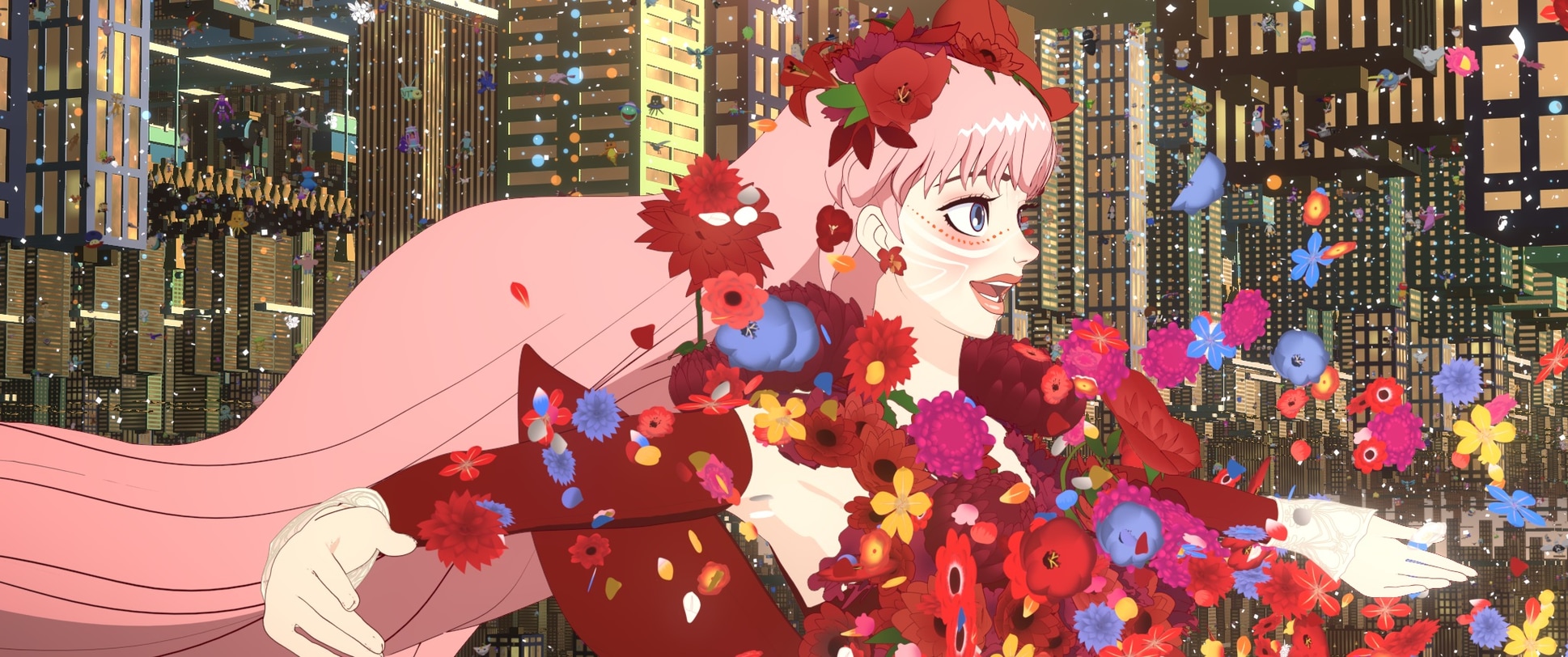
Hosoda’s Everyday Female Heroes
It’s very impressive that Hosoda managed to gain worldwide acclaim with so few credits. After-all. his original filmography is only six movies strong. Five of them have a lead or prominent female character. So, do they all break away from the “paragons of virtue and innocence” cliche that the director decried? Most of them do.
The best example is probably The Girl Who Leapt Through Time (2006), which is both the movie’s title and its summary. The protagonist, Makoto, feels like a very authentic high schooler, in that most of her days are spent hanging around with friends not doing anything special. Once she discovers that she can travel back in time, she mainly uses it for selfish and unheroic reasons. This includes singing ten hours of karaoke for the price of one, making sure her sister doesn’t eat her pudding or getting out of awkward social situations.
Similarly, Natsuki from Summer Wars (2009) can be kind of sneaky, not in a villainous way but more in a normal 18-year-old kind of way. Same for the temperamental and slightly selfish middle-school-aged Mirai from Mirai (2018). And that’s what makes Hosoda’s heroines so relatable.
Are Ghibli Female Characters Really That One-Dimensional?
Without giving anything away, the heroine of Belle is quite different from some of the more innocent Ghibli characters. She differs from heroines like Kiki from Kiki’s Delivery Service, Shizuku from Whisper of the Heart, Sen (and Chihiro) from Spirited Away and Sophie from Howl’s Moving Castle. She’s closer to the heroines who have flaws and genuinely human sides. And to be fair, not all Ghibli heroines are these pure pictures of perfection that Hosoda so dislikes.
There’s the wild and formidable San from Princess Mononoke and sisters Satsuki and Mei from My Neighbor Totoro. The siblings provide some some of the best depictions of children in all of anime, warts and all, especially in how they seem to compete for their mother’s affection when she’s recovering in the hospital. They of course care for each other and their family but they can also be stubborn, insensitive and even self-centered. Or just human. And in that, they actually are similar to many of Hosoda’s characters.
Probably the only Ghibli movie with an almost saintly, flawless female character seems to be Howl’s Moving Castle. But if Hosoda’s argument is built primarily around a film he has a bad personal history with, you have to start wondering if maybe his views aren’t somewhat influenced by his subjective experiences. This brings us to his Wolf Children film.
The Biases of Hosoda
In Wolf Children (2012) we are introduced to a mother raising two children who can transform into wolves. It’s probably one of the most touching and beautiful anime movies ever made. However, it’s hard to argue that the mother isn’t somewhat idealized. She makes some mistakes, but her intentions are always pure and noble. That certainly sounds like the whole “paragon of virtue” that Hosoda says he’s against.
However, that might have something to do with the fact that Hosoda lost his father shortly before breaking into animation. Suddenly, his mother was the only parent he had left in this world.
Looking at his filmography, you do start to notice an undeniable affection and elevation of maternal figures like with the great-grandmother in Summer Wars or the no-nonsense mother from Mirai. That’s not to say that Hosoda is completely unaware of his subjective biases because he is a master of identifying and getting around some of them.
How Hosoda Distances Himself from His Creations
If you go back and re-watch Hosoda’s movies, you’ll notice a fascinating thing. A lot of the time, his female characters are shot from afar, reducing them to simple silhouettes and putting a tangible distance between them and the audience. There’s a very good reason for that.
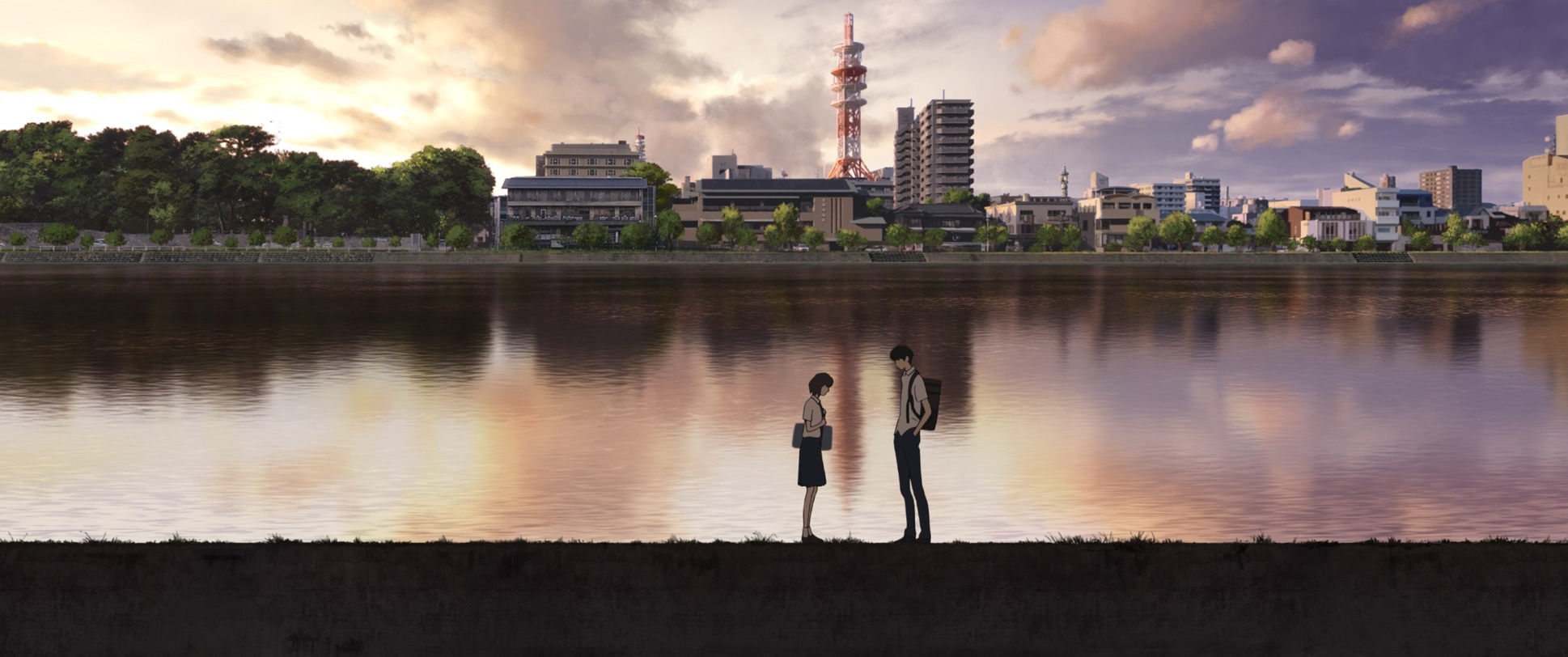
Hosoda is a 53-year-old man and he never pretends that he understands completely what a young girl is feeling. He always does his homework and tries to make them emotionally authentic, but his panned-out shots are almost as if he’s reminding us: “Look. These are real people. You can only understand so much about them from the outside. There are parts of them that you will never get. Remember that what you see is just a small part of the whole story.”
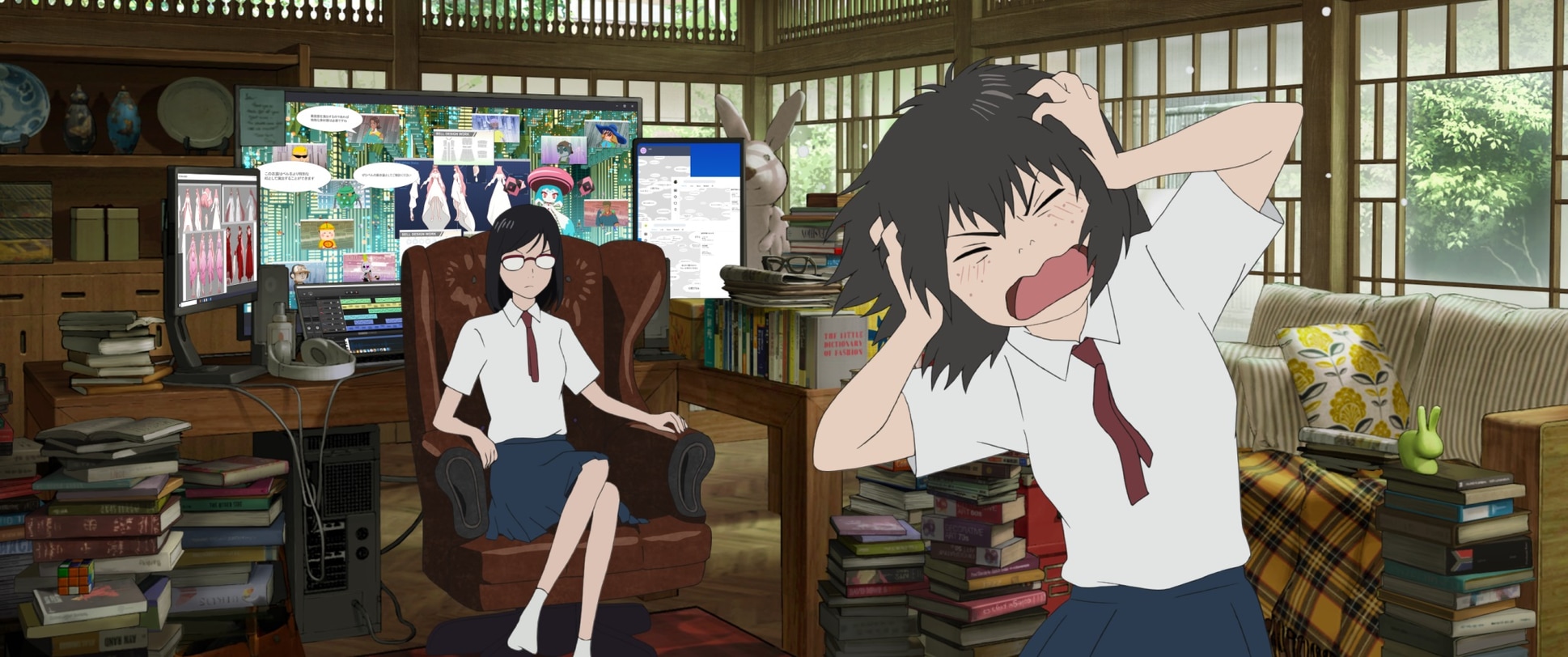
This leaves us with just one albeit lukewarm conclusion. It’s not that Hosoda does female characters better than other studios, it’s that he does them differently in his own unique style. If you prefer that style, great. If you prefer movies that diver deeper into the psyches of their heroines, also great. No approach is objectively superior to the other, which is how movies are supposed to work. They are supposed to give us different perspectives and Hosoda is definitely giving us his point of view in his movies. And we are lucky to witness it because it’s amazing.
All photos courtesy of Studio Chizu 2021
Stay in the know when it comes to Japanese films by reading these articles:
Sessue Hayakawa – The First Asian Sex Symbol in Hollywood
From Midnight Diner to His Lost Name: Kaoru Kobayashi’s Standout Performances
Takashi Miike: The Cult Horror Director Switches to Magical Girl TV Shows

